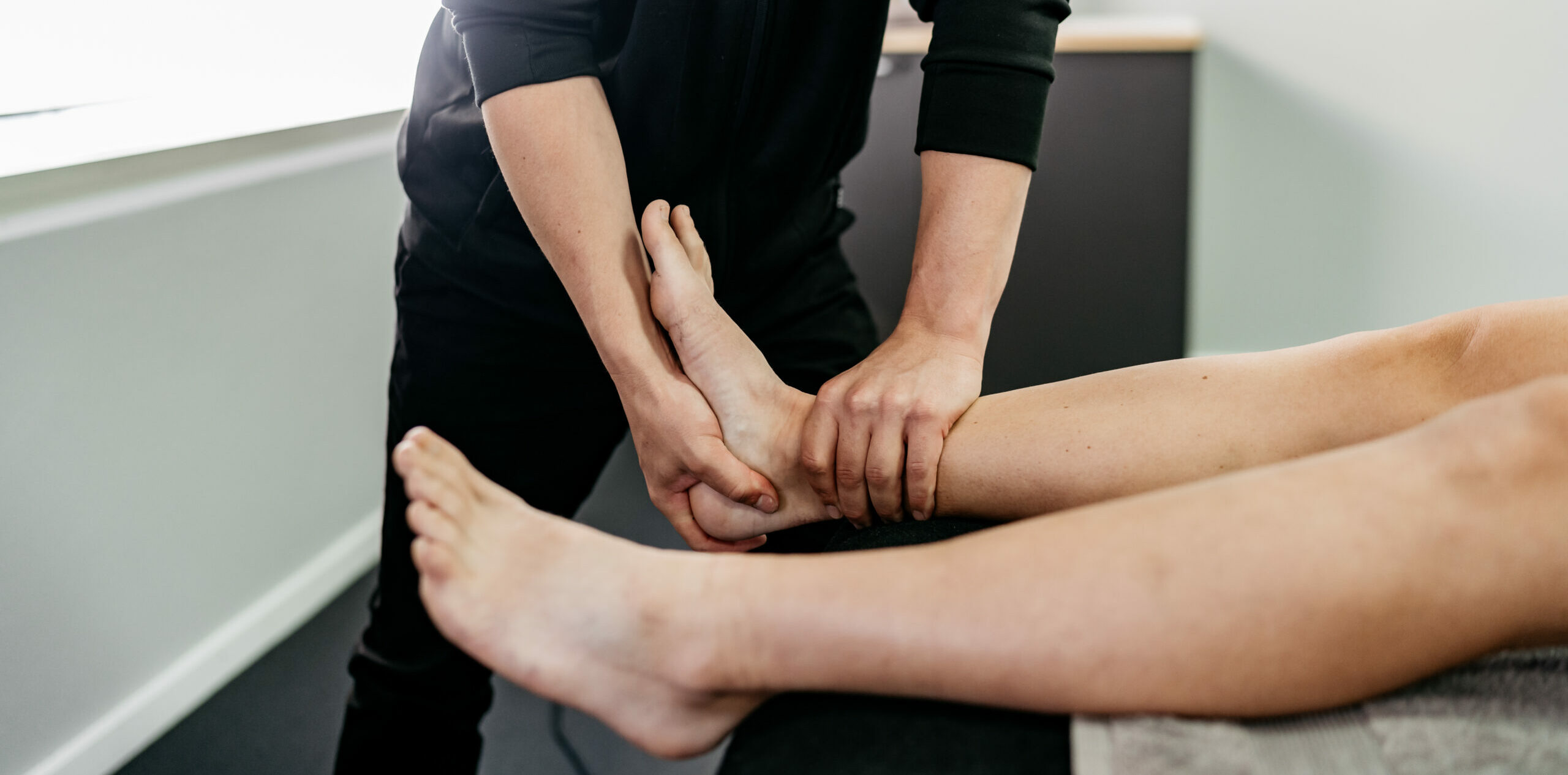
Want to learn more about ankle sprains?
Lachie Cooper, Physiotherapist, has answered some common questions.
Check them out below!
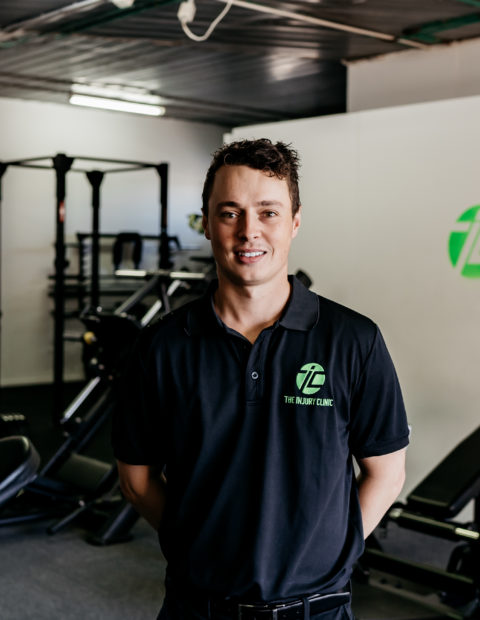

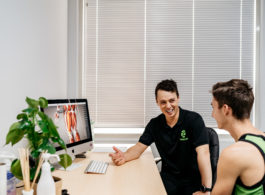
What actually happens to your ligaments when you roll your ankle?
Ankle sprains vary in severity and may range from mild ‘overstretching’ of the ligaments on the outside of the ankle, partial tearing or complete rupturing of ligaments. Furthermore, although we commonly associate ‘rolling’ our ankle with ligament injury on the outside of our ankle joint, there are often many other tissues which are implicated, including other ligamentous structures, tendon, bone, cartilage and connective tissue.
What is a syndesmosis injury?
Syndesmosis injuries involve damage to the ligamentous structures holding your tibia and fibula together. These injuries are typically more severe, associated with a longer recovery and at times require surgery to stabilise the tibia and fibula. If your physiotherapist suspects a syndesmosis injury, your physiotherapist may refer you for weightbearing x-ray imaging, which may demonstrate separation of the two bones. They usually occur with a twisting mechanism of injury to the ankle, where the foot is planted whilst the leg rotates.
What should you do immediately when you roll your ankle?
Best thing to do is get it checked by your physiotherapist! If there is difficulty with weight bearing, significant pain and swelling, we need to rule out the presence of a fracture. As such, when in doubt you should present to an emergency department for imaging and initial management. Beyond this, a compression garment, elevating the affected limb and protected weight bearing with crutches to offload the ankle are beneficial until it can be assessed by a professional. There is no substantial evidence for the use of ice, however this may provide an analgesic effect to assist with pain management.
I keep having recurrent ankle sprains playing netball, are there any ways to prevent this?
Having a past history of ankle sprains is one of the most significant risk factors for sustaining another in the future. A key mechanism for this is that our ligaments have receptors which aid proprioception (i.e. the ability for us to detect the position our body parts). When we disrupt ligaments through injury, proprioception becomes impaired. As such, a thorough rehabilitation program aims to restore this sensation. Balance and strengthening exercises for ankle stabilisers are crucial to mitigate risk of subsequent injury. Prophylactic ankle bracing or taping can be a useful adjunct to also reduce risk of injury.
I’m still experiencing ankle pain 3 months after injuring my ankle, why is it taking so long?
Ankle sprains are not as simple as many think. A number of different tissues may be affected, including bone, tendons, ligaments, connective tissue and cartilage. Evidently, if there has been a greater disruption to ligamentous structures or concurrent damage to other tissues, individuals may take longer to recover. Furthermore, injury to ligaments on the medial aspect of the ankle (inside) or syndesmosis are associated with a prolonged recovery and poorer outcomes. As such, not all ankle sprains are the same and we need to manage them differently. Furthermore, individuals who delay seeking treatment for their ankle sprain may experience poorer outcomes, including stiffness and poor functional capacity with tasks such as walking on uneven terrain, running and jumping.
Schedule your next visit
If you’re interested in booking an appointment with one of our team members, contact our clinic today and we’ll be happy to find time for a consultation.
Schedule ConsultExplore our physiotherapy services
Musculoskeletal
Physiotherapy
At The Injury Clinic Physiotherapy, we work closely with our clients to get them back doing the things they love as soon as possible.
Sports
Physiotherapy
The Injury Clinic Physiotherapy works with recreational to elite athletes to keep them injury free and achieving their goals.
Dry
Needling
All physiotherapists at The Injury Clinic Physiotherapy are qualified and experienced in dry needling as a treatment technique.
Running Related Injuries
Physiotherapists at The Injury Clinic Physiotherapy have a special interest in the diagnosis and management of running-related injuries.
Women's Health
Physiotherapy
We have physiotherapists with a special interest in Women's Health, including pre and post partum presentations. Let us work with you to stay fit, active and healthy.
Pre & Post-Operative
Physiotherapy
Physiotherapists at The Injury Clinic Physiotherapy work closely with surgeons to ensure best outcomes post surgery.
Injury Q&A
Our clinicians have been answering all your questions!
Running Analysis
The goal of a running analysis is to identify aspects of your technique that may be contributing to injury or impacting on efficiency.
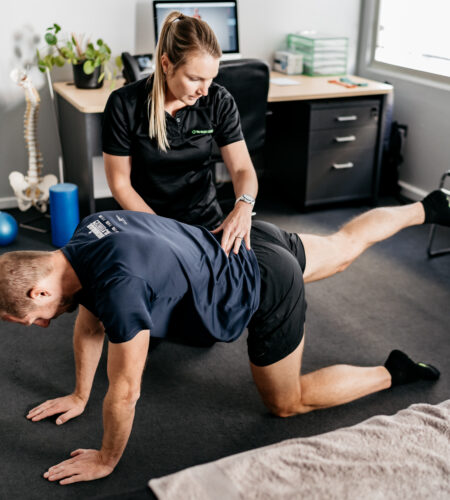

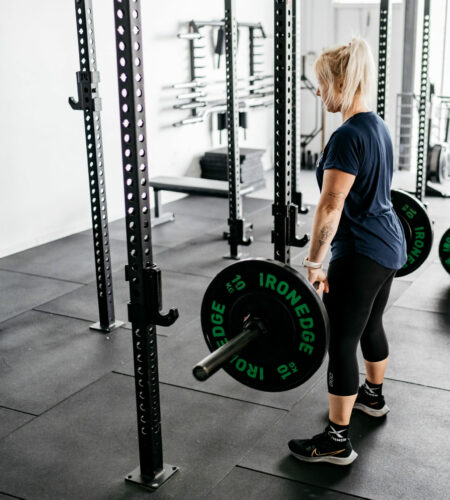

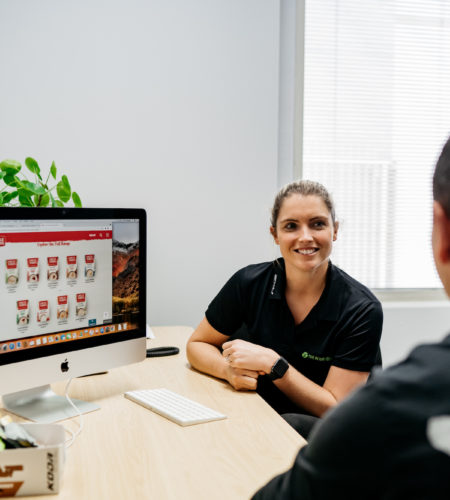

Schedule your next visit
If you’re interested in booking an appointment with one of our team members, contact our clinic today and we’ll be happy to find time for a consultation.
Schedule Consult